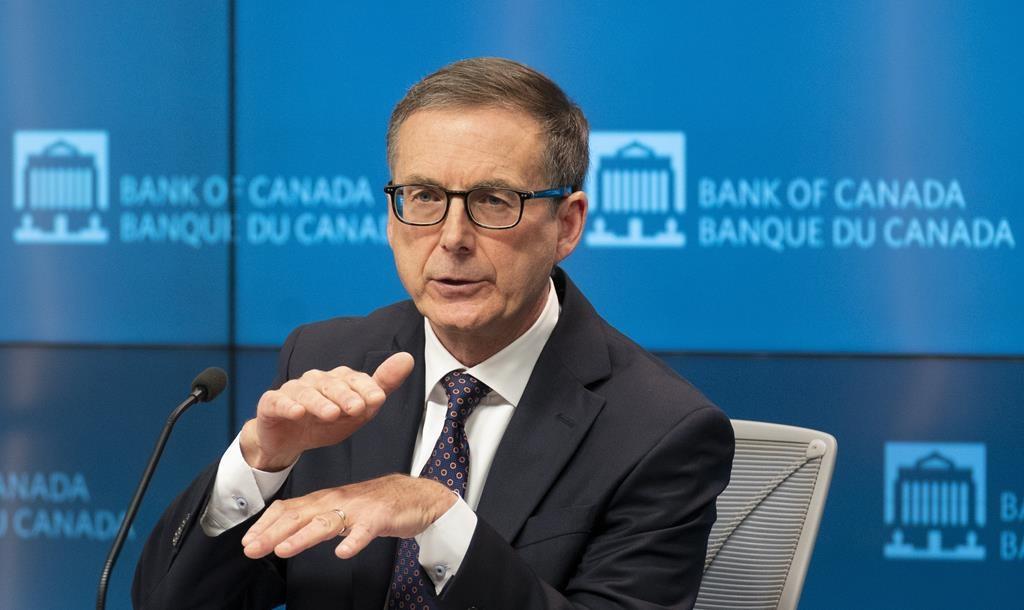Rapidly rising interest rates have economists, business leaders, and financial markets increasingly fearing a recession in the United States next year as stock markets plunge, while Canada’s economy is facing a similar dynamic but with greater vulnerability to its central bank, an economist says.
“There are many recessions in the past that were triggered or helped or caused by a monetary policy error in which central bankers raised interest rates too quickly,” Benjamin Tal, CIBC’s deputy chief economist, told The Epoch Times.
Concerns over global economic growth are surfacing amid elevated inflation and persistent supply-chain bottlenecks. Both the Bank of Canada and the U.S. Federal Reserve are bent on taming inflation by hiking interest rates to dampen demand. But the supply side has been additionally compromised by Russia’s invasion of Ukraine, whose effects are beyond central bankers’ control.
The prevailing worry is that central banks won’t be able to secure a “soft landing” and avoid a recession, defined as two straight quarters of negative economic growth.
Tal explained that inflation is a lagging indicator—it describes what happened in the past—and the problem with central banks fighting inflation is that they raise rates in real time and run the risk of overdoing it, which can only be assessed in retrospect.
Where inflation stands in the late summer and fall is critical, Tal noted.
“Are they [Bank of Canada] going to continue to raise interest rates, risking overshooting, and therefore [create] a recession or not? And I suggest they will, and therefore if you told me that inflation in August, September was still very elevated, I would raise the probability of recession in 2023 higher,” Tal said.
Economists forecast a slowing Canadian economy in 2023 but one that is still growing. For example, Oxford Economics on May 12 forecasted gross domestic product (GDP) rising 4.1 percent in 2022 before slowing to 2.2 percent in 2023.
All Eyes on the Consumer
How rapidly the Bank of Canada raises rates and to what ultimate level is a topic of hot debate.
“Ironically, the tiny Bank of Canada is more powerful than the Fed when it comes to the effectiveness of monetary policy,” Tal said, noting that Canadians are more heavily indebted and therefore more sensitive to rising rates, and that Canadian mortgages are typically for five years or less, whereas in the United States they are often for 30 years.
“So monetary policy is more effective in Canada, which means that you don’t need to raise as much in Canada to get the same damage.”
Consumer spending is the biggest component of GDP, and RBC says that as interest rates rise—with the Bay Street bank’s expectations for the overnight rate of 2 percent by October—borrowing costs for the average Canadian household will rise by almost $2,000 in 2023.
“This will erode spending power, especially for the lowest-earning fifth of households which spend 22 percent of their after-tax income on debt servicing (including mortgage principal and interest payments),” RBC said on April 27.





